There has been a considerable amount of evolution, as well as hype, with respect to operations (Ops) within IT. One way to break it down is to bifurcate between roles and responsibilities across the various teams that maintain an organization’s digital business. This distinction delineates between “role-based” Ops for networking, security, and the application lifecycle (NetOps, SecOps, DevOps), and “stack-based” Ops for streamlining technology, processes, and insights-to-action feedback loops (DataOps, MLOps, ModelOps, PlatformOps, AIOps, GitOps, FinOps).
What the ops?
Fast forward and we see that teams have expanded their traditional remit to embrace new paradigms to make them more efficient and effective. For instance, DevSecOps to align security (SecOps) and development (DevOps/AppDev) teams.
So, what exactly is “XOps”? As we explore in this blog, the technology sector is embarking on a convergence of principles and processes, technology, and roles for all elements of infrastructure and security across the application catalog to streamline operations, reduce toil, and increase time-to-value—effectively harnessing AI as a platform capability.
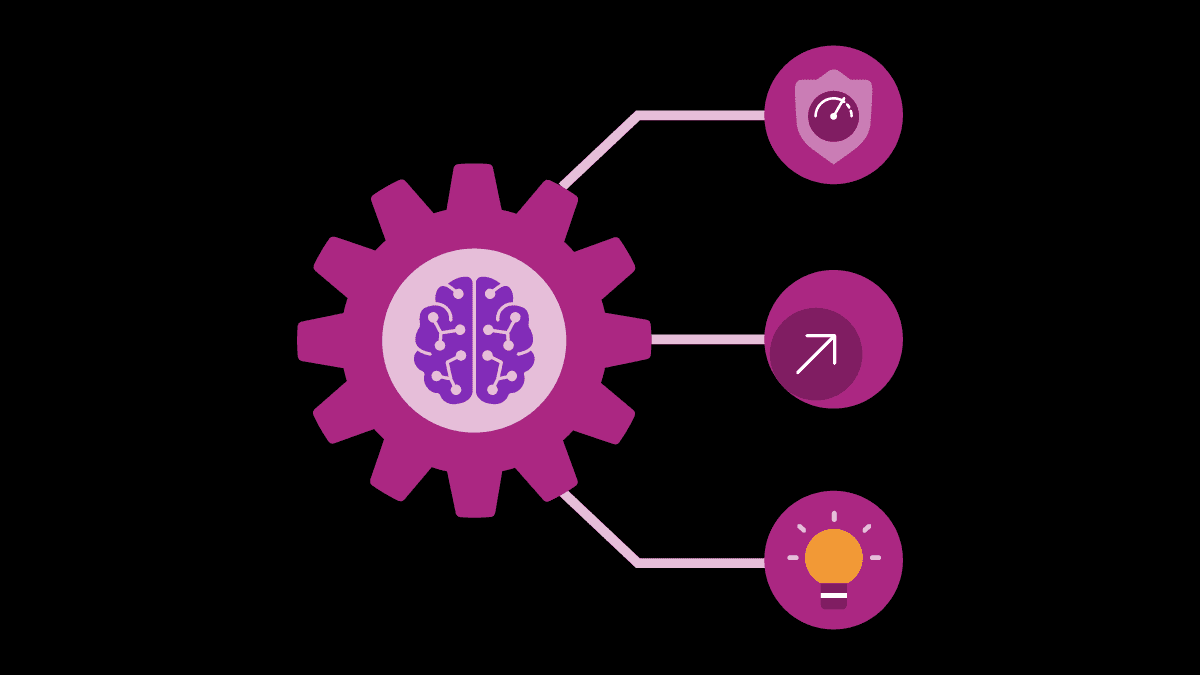
The X-Factor in the foundational tech stack
Per Gartner, the goal of XOps, including DataOps, MLOps, ModelOps, and PlatformOps, is to “achieve efficiencies and economies of scale using DevOps best practices, and ensure reliability, reusability and repeatability.”1
As described in The 2021 State of Application Strategy Report: XOps Edition, the F5 Office of the CTO (OCTO) predicted that additional operational teams will likely be required to convert extensive telemetry into insights and actions as digital transformation continues into AI-assisted business. At the end of the day, the extensive telemetry of AI will require a scientific discipline of its own to convert the resulting volumes of data into insights and actions. That is, after all, where AI can fail—when small projects, however successful, are scaled into production.
“The extensive telemetry of AI will require a scientific discipline of its own.”
Fast forward to 2025—The State of Application Strategy: AI Readiness report shows that while 96% of organizations are implementing AI models, only 2% rank as “highly ready” to tackle the evolving demands of their AI deployments.

XOps drives AI across technology and roles
Technology companies are actively scaling AI operations while simultaneously struggling with governance, security, and infrastructure alignment. AI models are diverse, and hybrid IT is here to stay. Specific use cases, performance and security considerations, and even organizational preferences may determine where training and inference for AI apps and associated telemetry capture should occur—in the data center, across clouds, or at the edge. The North Star should be to treat AI as a platform capability, and to align AI with infrastructure and security tooling across all operational functions. This is how leading technology companies can effectively leverage telemetry and convert large amounts of data into insights and actions. By integrating AI into all infrastructure, security, and operational strategies, cross-functional teams can better support the company crown jewel—applications.
The F5 Application Delivery and Security Platform (ADSP)
The F5 ADSP is a converged platform that provides delivery and security services for any application or API, including full visibility, consistent policies, and AI-driven insights—deployable anywhere.
By unifying the delivery and security of apps across a burgeoning and highly distributed architecture, infrastructure and security teams can reduce complexity and streamline operations. By reducing toil, transforming threat detection, and unleashing proactive security, fusion teams can accelerate time to value. Whether that means leveraging embedded AI assistants to easily identify performance bottlenecks or employing agentic AI to synthesize security analytics to reduce alert fatigue, identify actual risks, and surface steps to remediate.
The F5 ADSP enables both flexibility and agility, giving cross-functional teams highly differentiated, scalable, and secure services that fit natively into their foundational technology stack, so they can focus on what matters most—the next game-changing application or service poised to revolutionize the digital world.

For more, check out F5 solutions for Technology.
GARTNER is a registered trademark and service mark of Gartner, Inc. and/or its affiliates in the U.S. and internationally and is used herein with permission. All rights reserved.
1Gartner, "Gartner Identifies Top 10 Data and Analytics Technology Trends for 2021," March 16, 2021
About the Author

Related Blog Posts

Datos Insights: Securing APIs and multicloud in financial services
New threat analysis from Datos Insights highlights actionable recommendations for API and web application security in the financial services sector
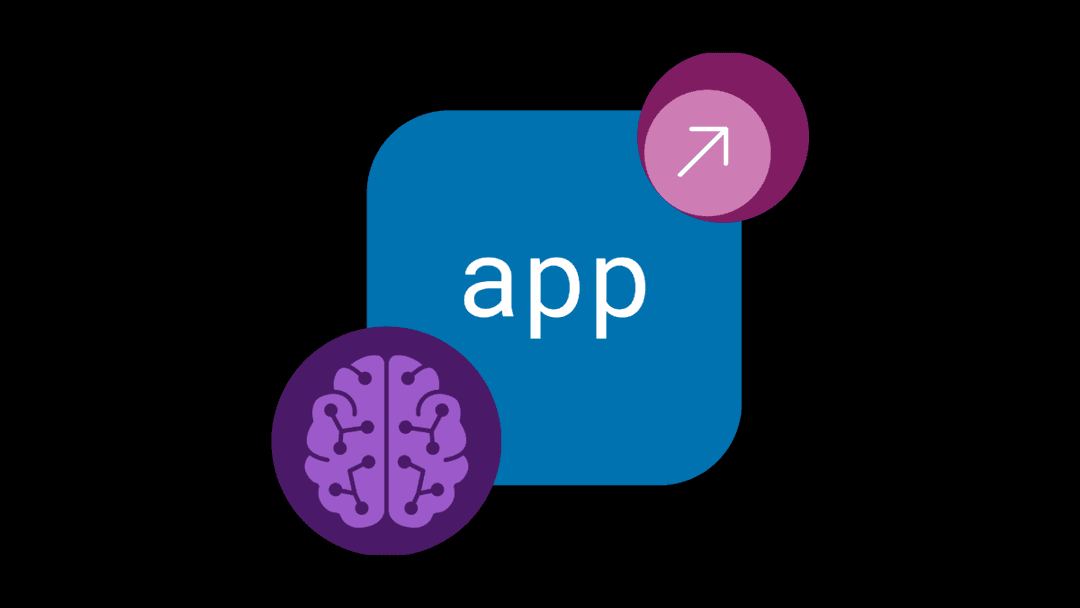
Tracking AI data pipelines from ingestion to delivery
Enterprise data must pass through ingestion, transformation, and delivery to become training-ready. Each stage has to perform well for AI models to succeed.
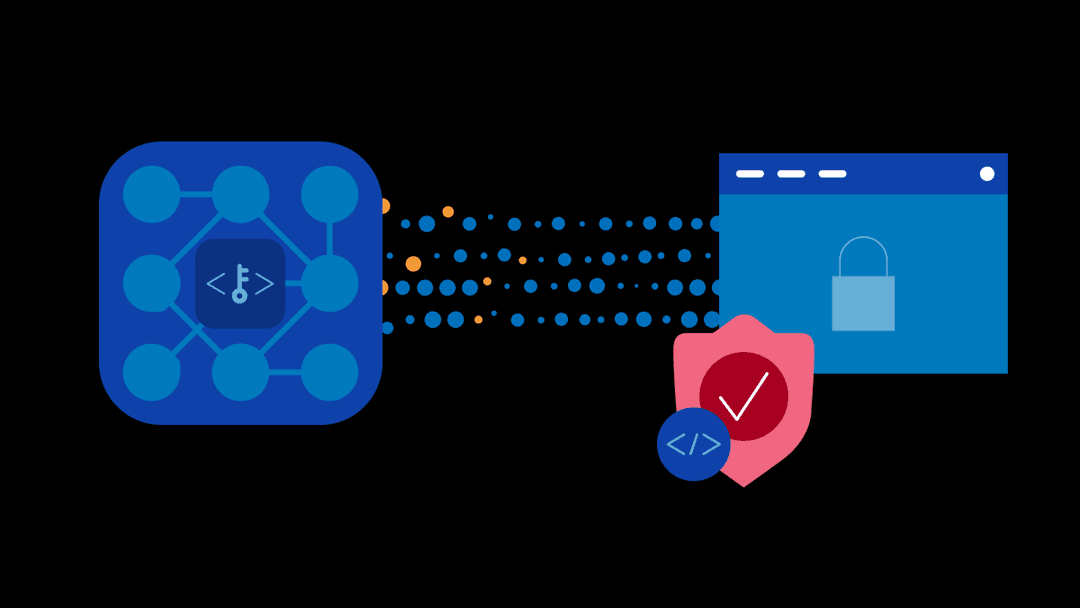
10 tips for starting your PQC journey today
Getting started on PQC readiness can be difficult. You can’t protect what you can’t see, and you can’t migrate what you haven’t mapped. Here are helpful tips.
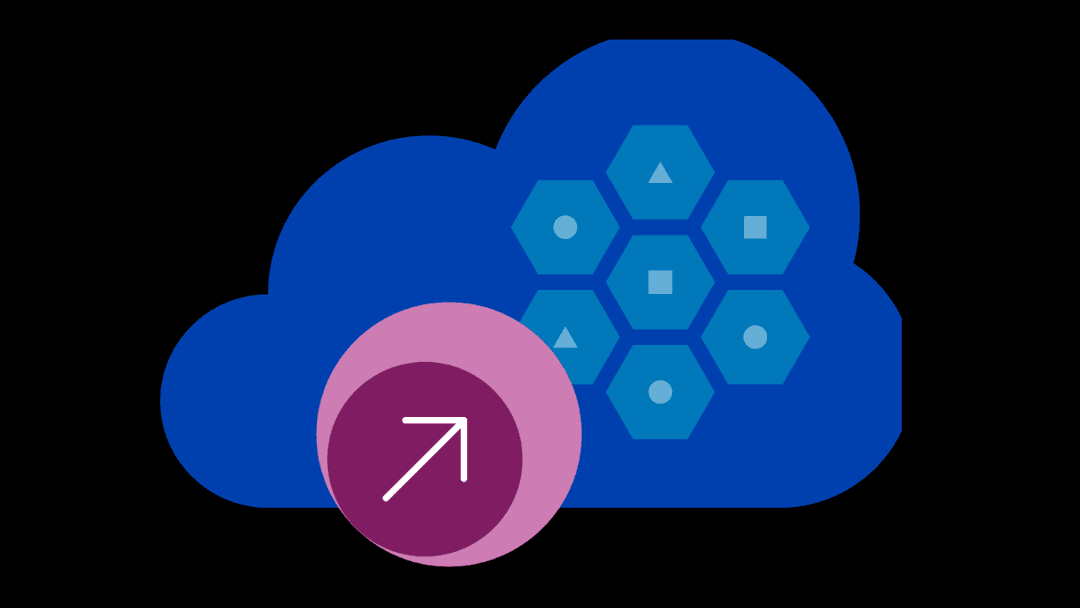
Secrets to scaling AI-ready, secure SaaS
Learn how secure SaaS scales with application delivery, security, observability, and XOps.
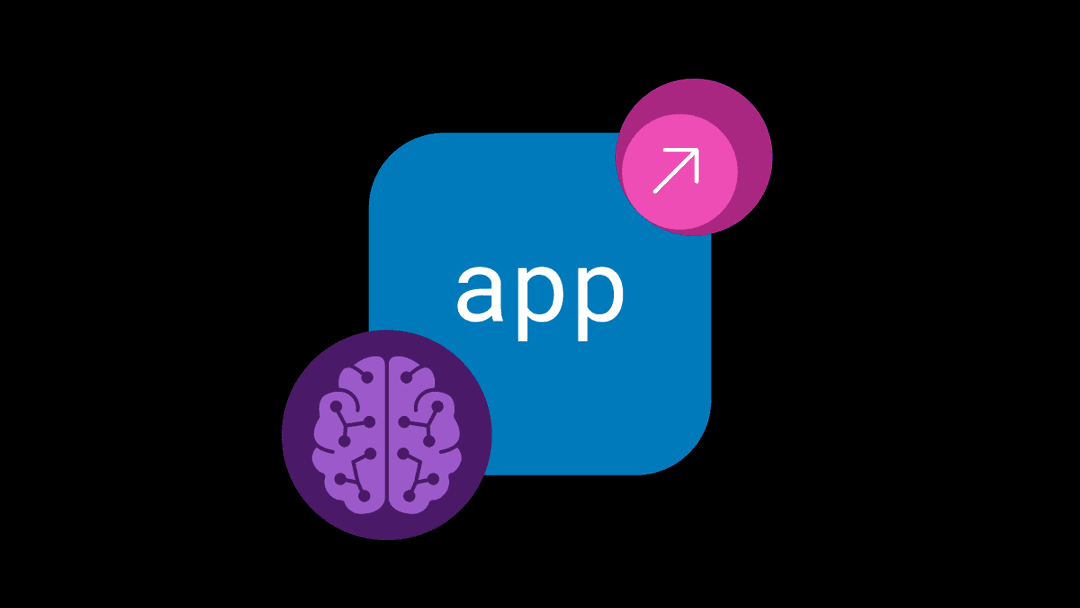
Optimizing AI pipelines by removing bottlenecks in modern workloads
As AI workloads scale, organizations are discovering slowdowns that come from the upstream data pipeline that feeds the AI model. Here's how F5 BIG-IP can help.
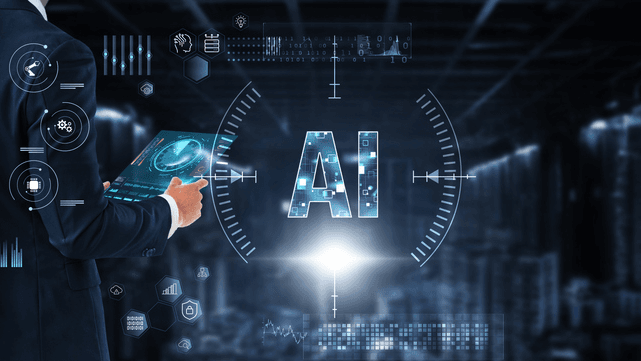
How AI inference changes application delivery
Learn how AI inference reshapes application delivery by redefining performance, availability, and reliability, and why traditional approaches no longer suffice.
